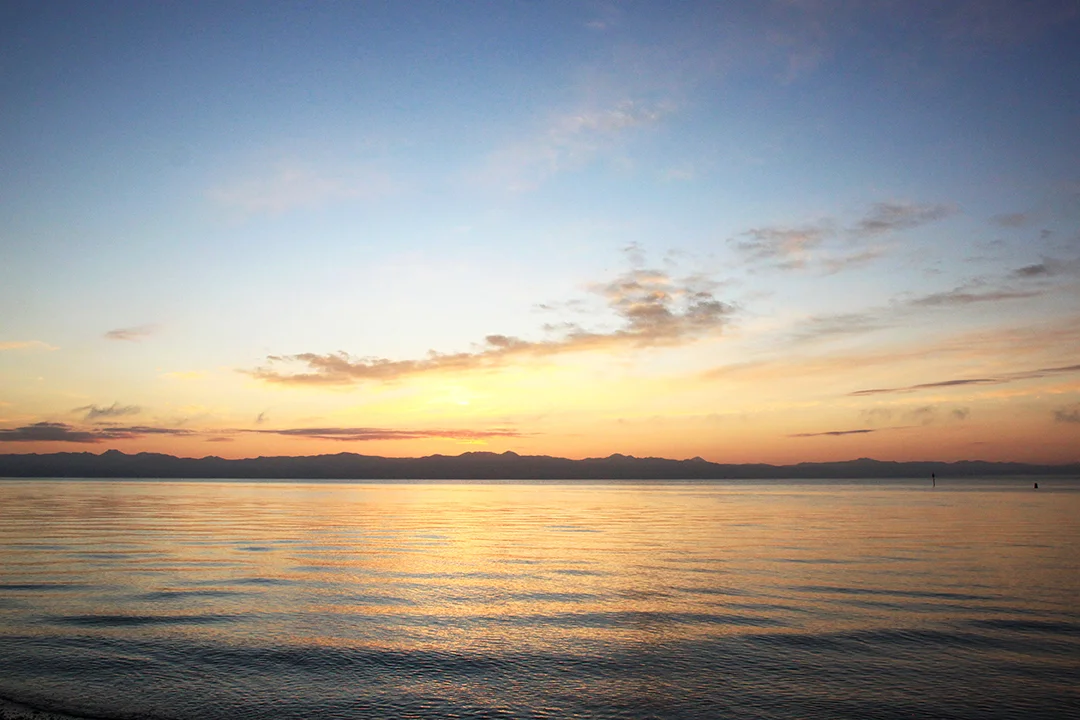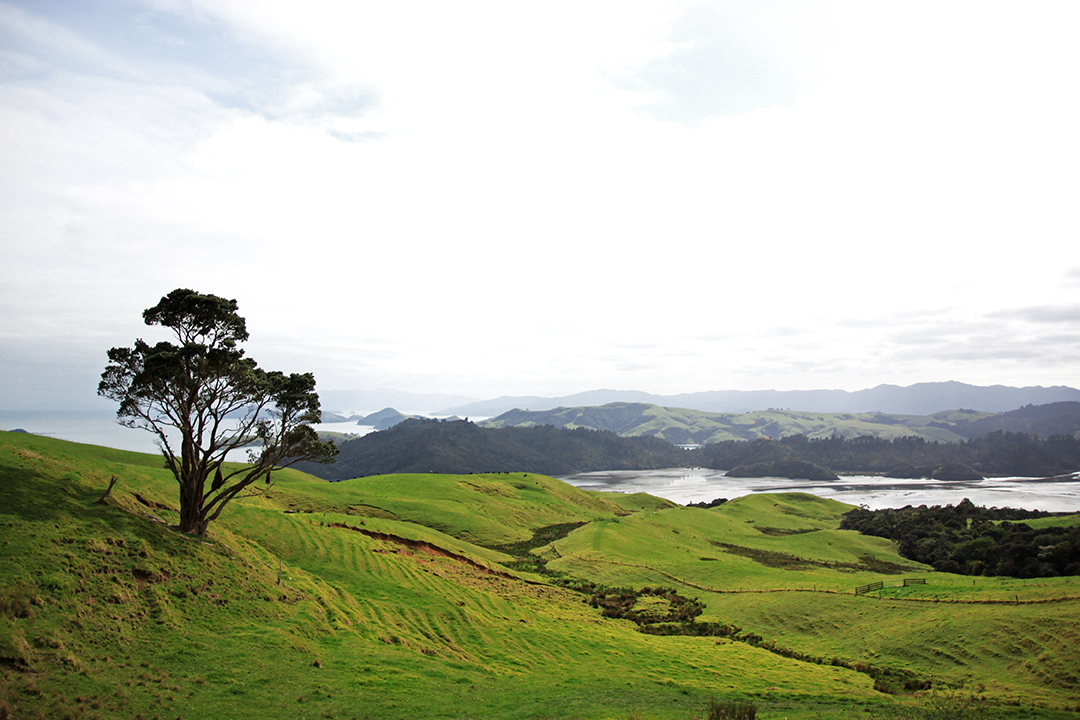Coromandel Peninsula, North Island, New Zealand
August 2015
The Coromandel Peninsula sits just east of Auckland on the north island of New Zealand. The firth of Thames lies to its west and the great Pacific Ocean to its east as it jettisons out like a thumb to a hand. Rugged coast lines accompanied by winding roads, steep cliff faces, and white-watered seas will forever be compared to the Big Sur coast line of my more familiar home. It's probably an unfair comparison, as most comparisons are. But it's my constant point of reference. In this case it has nothing to do with one being better than the other, but perhaps a feeling of comfort that comes with something otherwise foreign. Either on its own or by comparison though, the Coromandel Peninsula stands up well and is a treasure to be had.
We arrived in Kaiaua after the sun had fallen. It sits on the eastern side of the Firth of Thames, looking west towards the Peninsula at a respectful distance. We pulled into the Boat Club Reserve, which, beyond what it sounds like, offers its parking lot for short-term travelers like us to camp for free. Always appreciative of accommodations that are light on the pocketbook, we happily took shelter in our car, Craig—making our nightly ritual of luggage-rearranging with our head lamps strapped on. The draw for this campsite is, because it acts as a small boat harbor, the parking lot is literally on the water. Given we arrived at night this had little initial impact. That substantially changed come morning. We awoke to a condensation-covered window that glowed orange from a rising sun just over the hills of Coromandel. Almost literally opening the car door and rolling out, we stood and watched the sun make its own awakening. We enjoyed perhaps our most special morning, rising with the sun, periodically rubbing our hands together to stay warm.
Winding and slow-going roads followed as we drove up and around that green thumb, marked by rolling hills inland, rocky shores outland, and vistas waiting to be discovered around each bend. Our destination was Hahei. It's a little town that clearly seemed to be a summer destination equipped for all things water-related, and therefore it was a little sleepy during our late-winter arrival. It is also popular for its proximity to Cathedral Cove, again, a summer spot that frankly regardless of the season is breathtaking. When we arrived in Hahei it was still early and oddly warm. We decided to take a long walk toward Cathedral Cove, which admittedly had a bit more of an uphill than we were expecting. Nevertheless we hiked up and up before we made our way gradually down, along ridge lines with water views, in and out of bush, and then down the wooden stairs towards white sand and the eroding sea edge.
Cathedral Cove gets its name for a vaulted tunnel slowly bored through a cliff side marking the northern boundary of the cove. It's probably not worth any poor description I may provide, but beyond the sight of it, it was the feeling of walking through it that will remain in my memory. Things become dark and cool, the temperature dropping and the moisture made prominent. Your view is set on the water ahead of you, but you still feel the weight around you, the weight of the earth above you. And yet the enormity of the space leaves not a feeling of claustrophobia, but something far more angelic and divine. There is an obvious formal similarity to the shape of the tunnel and a cathedral's ceiling, but I think what reinforces the name is a spiritual experience. A particular one where you feel less like an individual but part of a history, part of a world that over so many years of water forced on rock made this place you stand in now. In a moment your life is married with that of the Earth's and time changes its meaning in your mind.










